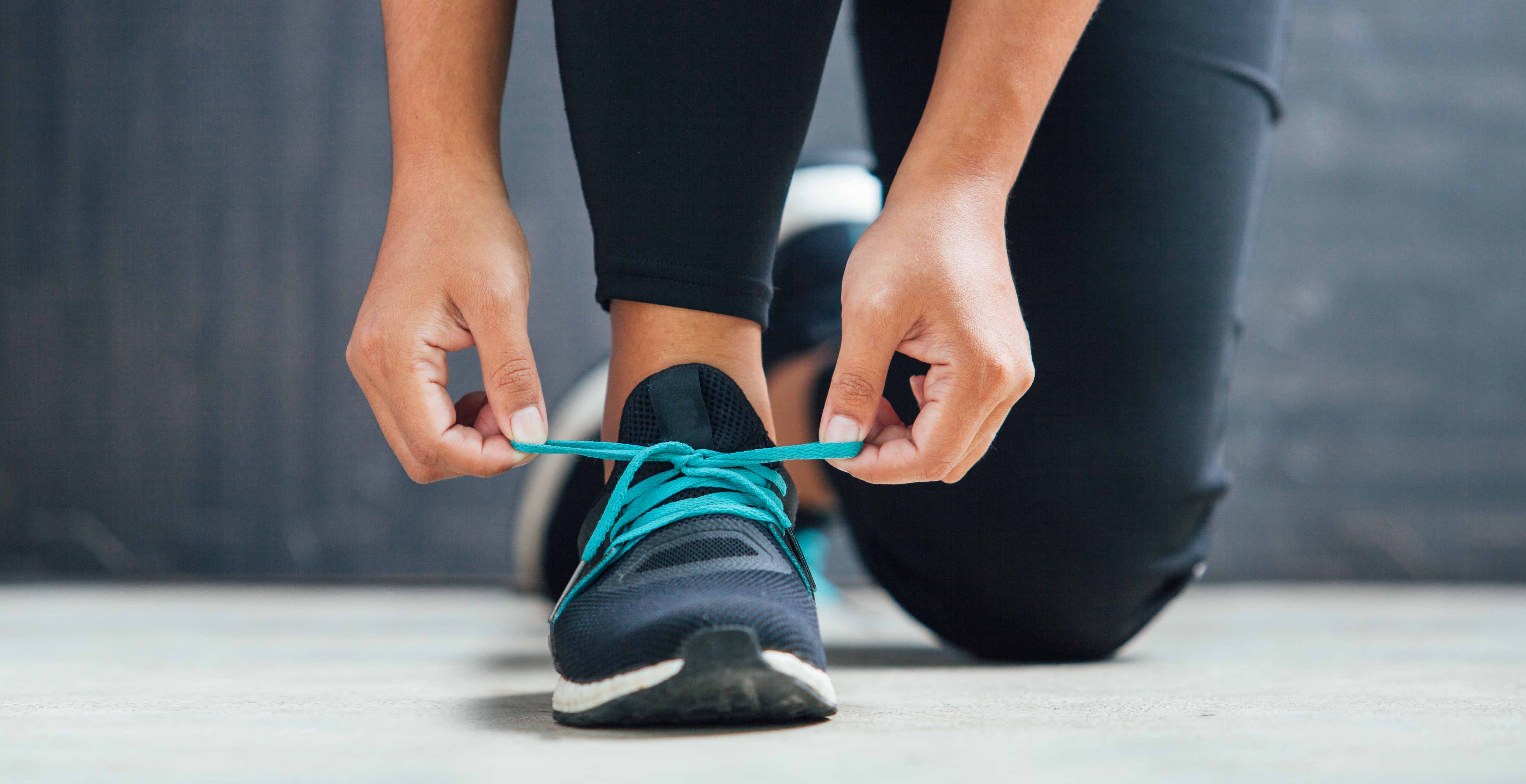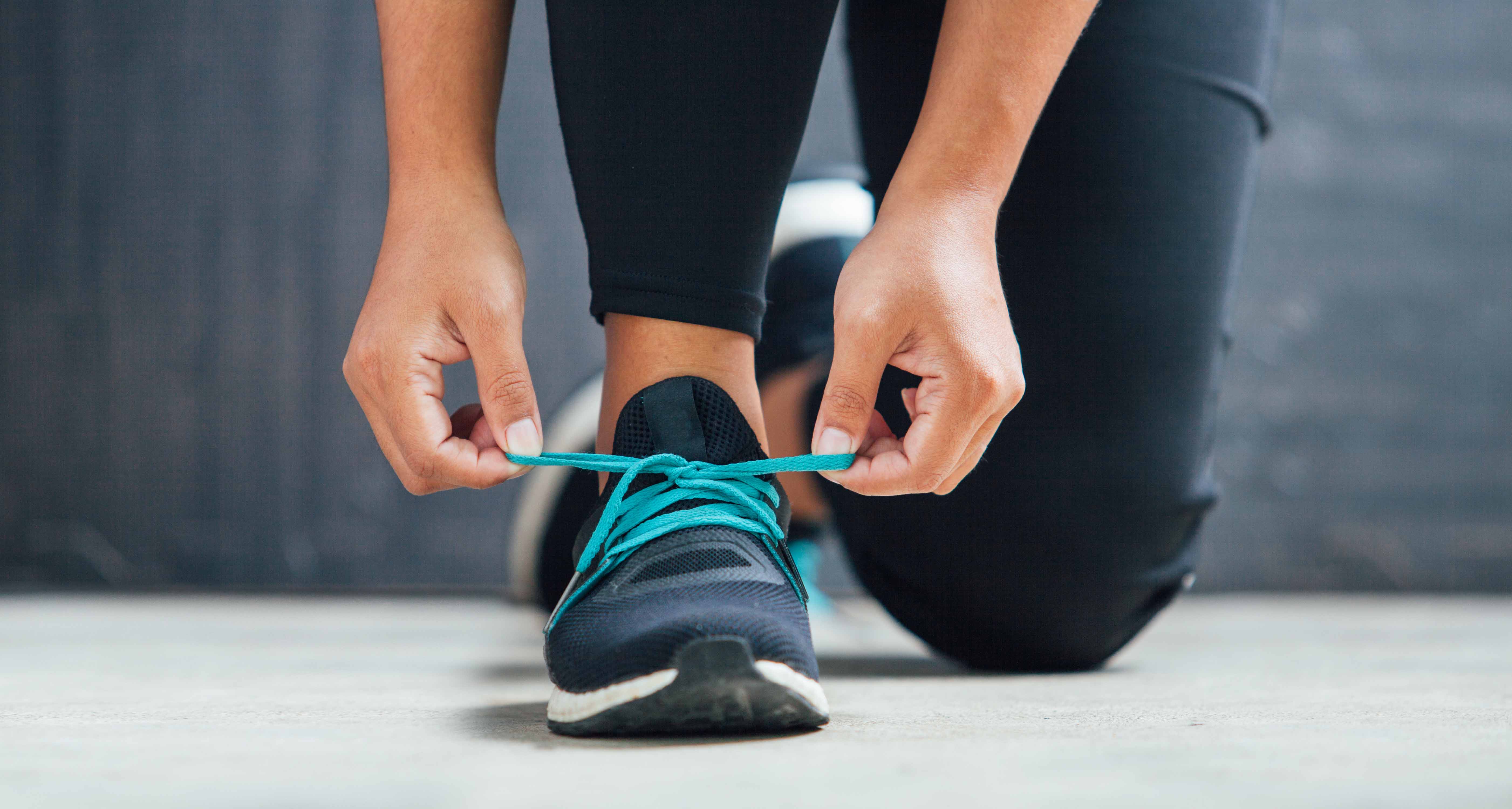How to choose the best running shoe


Whether you’re a running veteran or new to the game, having a solid pair of shoes is crucial to a successful and enjoyable workout.
So what do you need to keep in mind when buying new kicks?
John Mercer, a University of Nevada, Las Vegas Allied Health Sciences kinesiology professor and a triathlete of 25-plus years who researches kinesiology, biomechanics, and running, has conducted several studies on running shoes.
Mercer says often visual inspection of wear and tear is enough to tell you it’s time to buy a new pair of shoes, “but another easy test is to put shoes on a desk and tap them to see if they begin rocking.” If they rock, it’s time for a new pair.
When you’ve decided to go shopping for a new pair, the key is to test them out.
“A shoe that fits nicely while standing or pacing may not feel the same during a run,” Mercer asserts in a 2016 writeup of his research.
If possible, Mercer recommends going to stores that allow you to run on a treadmill or outside to test out the shoes. And, he says, don’t buy a pair of shoes just because they’re made by a big-name brand. Popularity is by no means a guarantee of quality.
When picking out a new pair of runners, comfort is key, says online running coach Kyle Kranz.
“Most important is the comfort – that's going to far outweigh every other shoe characteristic, but all other shoe characteristics play a part in comfort. My suggestion is to try on at least five pairs of shoes and take home the pair that fits best.”
Justin Craig, who owns RUNdetroit, a running specialty store in Detroit, Michigan, says “A shoe for running or walking should first fit the shape of your foot.”
“I highly recommend visiting a reputable specialty running or walking store to be sized and fit. A shoe should have about 3/8 of an inch space in front of your longest toe. There should not be any seams or overlays that could rub on a bunion or hammer toe.”
The most common shoe-buying mistake? Craig says it’s buying a shoe that's too small – meaning one that's either too short, or one that doesn't have enough volume (think width).
“When laced snuggly, but not overly tight, the eyelets should be parallel to each other,” he explains. A V shape or baked potato shape indicates there is not enough volume in the shoe. “If this is the case, consider moving to a wide or extra-wide option,” he says.
“The right shoe is important because without it you're going to be uncomfortable during the entire run or walk. If you're uncomfortable, it's going to be really hard to stick with the plan and reach your goals.”
Once you find a pair of shoes that’s great for you, running coach Kranz recommends buying duplicate pairs.
“Next year's edition may not fit you as well as the pair you got two years ago. I see comments all the time about people asking for a replacement for the pair they bought a year or two ago because the newest edition isn't to their liking.”
As for what you can expect on the budget side of things, Craig says most quality running and walking shoes cost about about $150.
